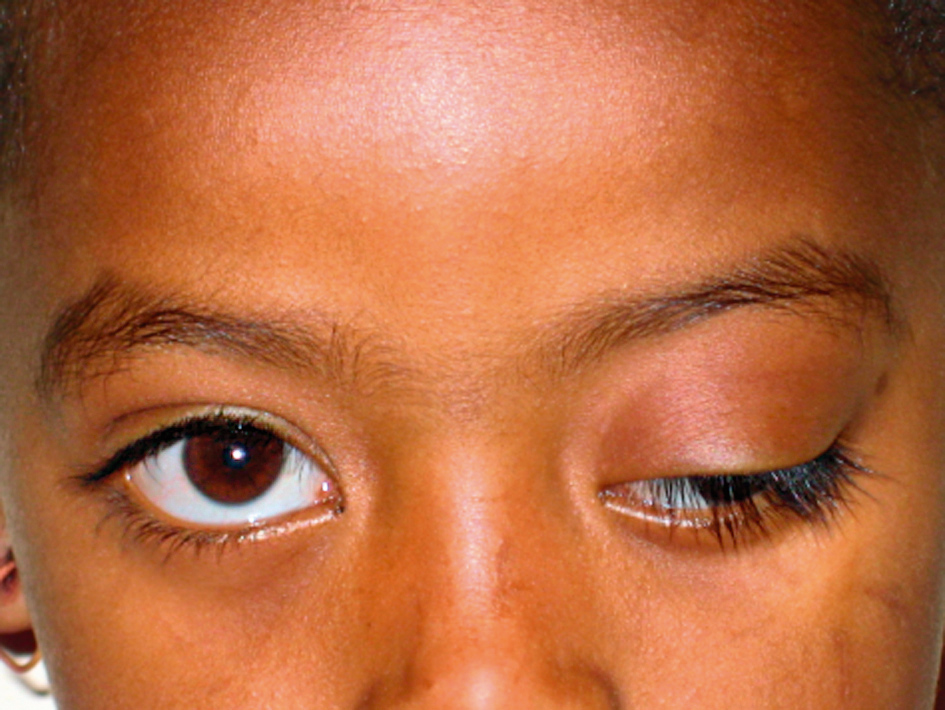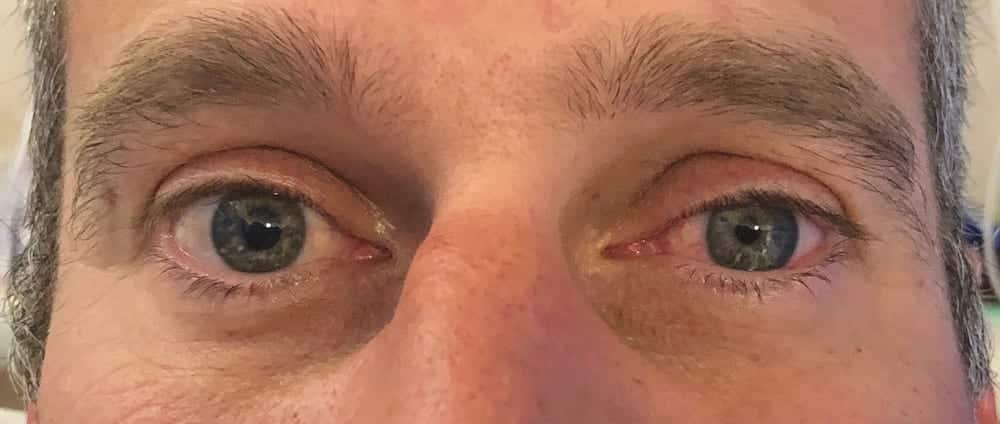Drooping eyelid, also known as Ptosis, is a condition that affects the upper eyelid, causing it to sag or droop abnormally. This can impact one or both eyes and may range from mild to severe. In some cases, the drooping can obstruct vision, leading to functional and cosmetic concerns. Understanding the causes, diagnostic process, and available treatment options for this condition is essential for managing it effectively.

What is Drooping Eyelid?
A drooping eyelid occurs when the muscle responsible for lifting the eyelid weakens or becomes damaged. This muscle, called the levator muscle, plays a crucial role in keeping the eyelid in its proper position. When it fails to function correctly, the upper eyelid may appear lower than usual, giving the eye a tired or sleepy appearance. In severe cases, the drooping can cover part of the pupil, interfering with vision.
The condition can affect individuals of all ages, from newborns to older adults. While it is often a standalone issue, it can sometimes be a symptom of an underlying medical condition. Recognizing the signs early can help in seeking timely treatment and preventing complications.
Causes of Drooping Eyelid
There are several potential causes of drooping eyelids, and they vary depending on age, health conditions, and lifestyle factors. Below are some common reasons why this condition may develop:
Congenital Causes
- Born with Weak Levator Muscles: Some infants are born with underdeveloped or weak levator muscles, which leads to drooping eyelids from birth. This is referred to as congenital drooping eyelid and may require early intervention to prevent vision problems as the child grows.
Aging
- Natural Muscle Deterioration: As people age, the muscles and tissues around the eyes can weaken. The levator muscle may lose its strength over time, resulting in a gradual drooping of the eyelid. This is one of the most common causes of drooping eyelids in older adults.
Trauma or Injury
- Damage to the Eye Area: A physical injury to the eye or surrounding area can damage the levator muscle or the nerves that control it. This type of trauma can occur due to accidents, surgeries, or even repetitive strain from activities like prolonged contact lens use.
Neurological Disorders
- Conditions Affecting Nerve Function: Certain neurological disorders, such as myasthenia gravis, Horner’s syndrome, or third nerve palsy, can disrupt the signals sent from the brain to the muscles controlling the eyelid. This disruption can lead to drooping eyelids as a secondary symptom.
Muscle Disorders
- Progressive Muscle Weakness: Diseases that affect muscle strength, such as muscular dystrophy or oculopharyngeal muscular dystrophy, can contribute to drooping eyelids. These conditions often worsen over time and may require specialized care.
Symptoms of Drooping Eyelid
The symptoms of a drooping eyelid can vary depending on its severity and underlying cause. Common signs include:
- A noticeable sagging or drooping of the upper eyelid
- Difficulty keeping the affected eye open
- Frequent tilting of the head to see better
- Raised eyebrows as a compensatory mechanism to lift the eyelid
- Eye fatigue or strain, especially after prolonged use
- Reduced or obstructed vision if the drooping covers part of the pupil
In children, untreated drooping eyelids can lead to amblyopia, commonly known as lazy eye, due to the brain favoring the stronger eye. Early detection and treatment are crucial to prevent long-term vision problems.
Diagnosis of Drooping Eyelid
Diagnosing a drooping eyelid involves a thorough evaluation by a healthcare professional, typically an ophthalmologist or a neurologist. The diagnostic process includes the following steps:
Medical History Review
The doctor will begin by asking about the patient’s medical history, including any family history of similar conditions, previous injuries, or existing health issues. They may also inquire about the onset and progression of symptoms to determine whether the drooping is recent or longstanding.
Physical Examination
A comprehensive eye examination is conducted to assess the extent of the drooping and its impact on vision. The doctor will measure the distance between the upper and lower eyelids, evaluate the strength of the levator muscle, and check for any abnormalities in eye movement.
Additional Tests
In some cases, additional tests may be required to identify the underlying cause of the drooping eyelid. These tests may include:
- Slit Lamp Examination: This test uses a specialized microscope to examine the structures of the eye in detail.
- Tensilon Test: Used to diagnose myasthenia gravis, this test involves injecting a medication to temporarily improve muscle strength.
- Imaging Studies: MRI or CT scans may be performed to rule out tumors, nerve damage, or other structural abnormalities.
Treatment Options for Drooping Eyelid
The treatment for a drooping eyelid depends on its cause, severity, and impact on vision. Below are the primary treatment options available:
Observation
In mild cases where the drooping does not significantly affect vision or appearance, no immediate treatment may be necessary. Regular monitoring by a healthcare provider is recommended to ensure the condition does not worsen over time.
Non-Surgical Treatments
- Special Eyeglasses: For individuals who cannot undergo surgery, special eyeglasses with a crutch-like attachment can help lift the eyelid and improve vision.
- Medications: If the drooping is caused by a neurological disorder like myasthenia gravis, medications that enhance muscle strength may be prescribed.
Surgical Interventions
Surgery is often the most effective treatment for moderate to severe cases of drooping eyelids. The goal of surgery is to tighten or reposition the levator muscle to restore normal eyelid function. Common surgical procedures include:
- Levator Resection: This procedure involves shortening the levator muscle to increase its lifting ability.
- Frontalis Sling Surgery: Used primarily in cases of severe muscle weakness, this surgery connects the eyelid to the forehead muscle to help lift it.
- Muller’s Muscle Resection: This minor surgical procedure targets a specific muscle in the eyelid to correct mild drooping.
Surgical outcomes are generally positive, with most patients experiencing improved eyelid position and vision. However, as with any surgery, there are risks, including infection, scarring, or overcorrection.
Lifestyle Adjustments
For individuals with mild drooping eyelids, certain lifestyle adjustments can help manage the condition:
- Avoiding activities that strain the eyes, such as excessive screen time
- Using artificial tears to keep the eyes lubricated and reduce discomfort
- Practicing good posture to minimize strain on the neck and eye muscles
When to Seek Medical Attention
It is important to consult a healthcare provider if you notice sudden or worsening drooping of the eyelid, especially if it is accompanied by other symptoms such as double vision, pain, or difficulty moving the eye. These could indicate a more serious underlying condition that requires prompt attention.
Conclusion
Drooping eyelid is a manageable condition with a range of treatment options available. By understanding its causes, recognizing the symptoms, and seeking timely medical care, individuals can address the issue effectively and maintain their quality of life.





